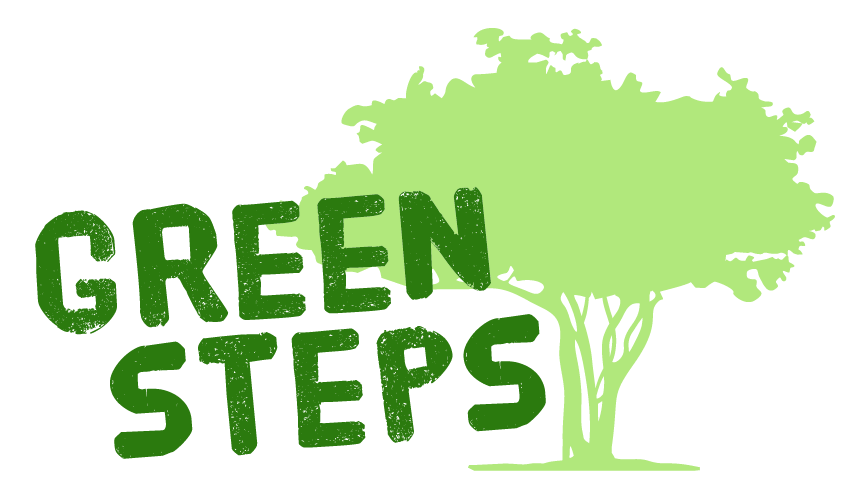RETHINK
REFUSE
REDUCE
REUSE
REPURPOSE
REPAIR
RETRO
ROT
RECYCLE
The Three R’s—And Beyond: Your Guide to Waste Reduction
You’re likely familiar with the three R’s: Reduce, Reuse, Recycle. These principles are essential (in that order!), but we believe there’s room for more nuance. Check out this video with our director, Jimmy Urciuoli, and read on for fresh inspiration to fuel your waste reduction journey!
Step 1: RETHINK
The first step in reducing waste is to rethink the way you move through the world. This process takes time, effort, and a willingness to learn and unlearn habits. Start small—incremental changes are more likely to stick.
Step 2: REFUSE
The simplest action you can take is to refuse items that will quickly become trash.
● Skip the straw, plastic bags, and disposable cups.
● Bring your own containers for leftovers, reusable shopping bags, and a refillable water bottle (some even come with built-in filters!).
Step 3: REDUCE
Even with your best efforts, some waste is inevitable. That’s where reducing comes in.
● Choose products with minimal or plastic-free packaging. ● Buy in bulk to cut down on single-use containers.
● Make your own dips, sauces, and other staples to avoid unnecessary packaging.
Step 4: REUSE, REPURPOSE, REPAIR
Before tossing something, ask yourself: Can this item be reused, repurposed, or repaired?
● A single-use water bottle can be turned into a hummingbird feeder.
● Find creative ways to breathe new life into what you already own.
● Look for repair shops (e.g., for vacuums or appliances) instead of replacing items
Step 5: GO RETRO
Clothing and textiles are major contributors to pollution and often involve exploitative labor practices. Instead of buying new, consider going retro:
● Spend a rainy day at a thrift store—you might find exactly what you need.
● Donate gently used items to give them a second life. Remember, one person’s trash is another person’s treasure!
Step 6: ROT
Did you know that 50–60% of U.S. landfill waste could be composted? Composting, or turning organic materials into rich soil, is a simple way to reduce your environmental impact.
● Compost food scraps, yard trimmings, and certain paper products in your backyard or through an industrial composting service.
● Pro tip: Avoid food waste by buying only what you can reasonably eat. Composting should be a last resort for scraps—not an excuse to waste food.
Step 7: RECYCLE (As a Last Resort)
Recycling plays a role in waste reduction, but it’s not foolproof. Here are some key facts:
● Not all plastics are recyclable. The numbers inside the chasing arrows on plastic items are resin codes, not guarantees of recyclability. Most facilities only accept bottles, jugs, and certain containers.
● Clean your recyclables! Food and liquid residue can attract pests and create odors. Respect the hard-working humans sorting these materials.
● Research your local recycling system. Just because an item is accepted doesn’t mean it will actually be recycled. Ask questions: Who buys the materials? How are they used? Transparency varies widely.
What Changes Will You Make Today?
Waste reduction is a journey, and every small step counts. What’s one change you’re ready to make? Tag us @greenstepschatt to share your commitment—we’d love to feature your story!
Let’s all do our part to be responsible stewards of Planet Earth and its inhabitants.
